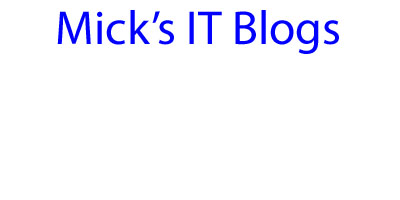I had the not so pleasure of replacing the screen on my wife's iPad 2. There are plenty of videos on Youtube on how to do this. I am providing some tips on what I learned while doing this.
- It takes about 30 seconds of leaving the hair dryer on high with hot air to soften the adhesive
- Make sure you keep the hair dryer only on the edge of the iPad blowing away from it. You do not want to overheat the internal parts of it.
- Make sure you wear glasses or goggles. If the glass shatters, which it is a good possibility if the screen is cracked all the way across, the glass can fly up at your face.
- Make sure you do this in a room where there is no carpet. If the screen shatters while you are softening the adhesive with the dryer, it will blow some of the glass around the room and there are very, very fine pieces that it breaks up into.
- Go ahead and purchase the home button, wifi antenna flex cable, and the power switch volume on/off flex cable to replace while doing this. They are very cheap and worth replacing while you have the device open.
- Use 3M double sided tape. It will be much easier to reopen if you ever have to again.














